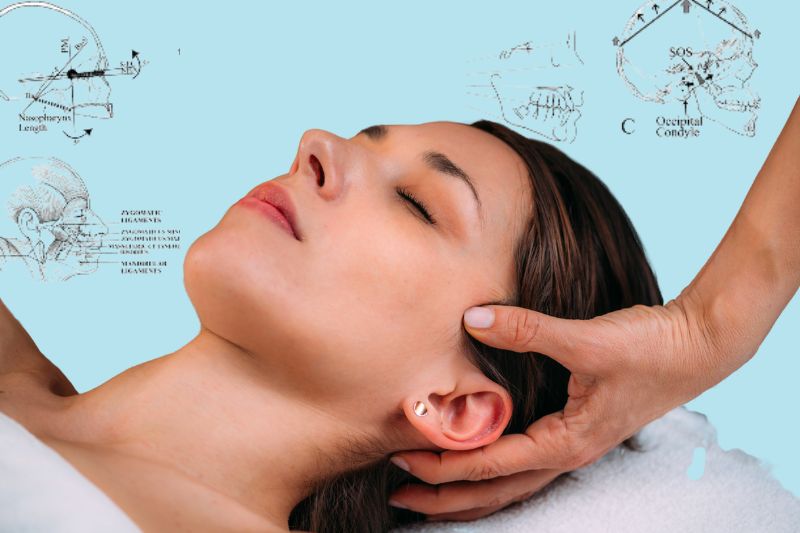Blog
Move Better, Live Stronger
Discover expert tips, patient success stories, and the latest in chiropractic, muscle therapy, and functional medicine—helping you unlock pain-free movement and lasting health.
Thank you! Your submission has been received!
Oops! Something went wrong while submitting the form.

Muscle adhesions are restrictive bands of scar-like tissue that develop from injury, overuse, or poor posture, binding layers that should glide freely and causing pain, stiffness, and compensatory movement patterns. Chiropractic approaches target both the fascia and joints: soft-tissue methods like Active Release Technique, IASTM, myofascial release, and trigger‑point therapy break up adhesions, while adjustments restore proper alignment. A fascia‑mapping assessment pinpoints root tensions, guiding a customized treatment plan. Together, these techniques unlock lasting mobility, reduce pain, and enhance overall function.

Fascia is a dynamic connective tissue network that supports movement, posture, and nerve function—but it can become stiff, dehydrated, and bound by adhesions after injury, stress, or repetitive strain. Myofascial Release Therapy (MFR) uses sustained, precise pressure and movement to remodel collagen, restore tissue glide, and rehydrate the fascia. Beyond mechanical effects, MFR also calms protective muscle guarding and retrains neuromuscular communication, activating the parasympathetic system for deeper healing. Growing research shows MFR improves flexibility, reduces chronic pain, and enhances function in conditions like low back pain, fibromyalgia, and plantar fasciitis.

Stress doesn’t just affect your thoughts—it shows up physically in the jaw, neck, and skull. Cranial adjustments work by easing pressure on cranial bones, nerves, and the brainstem, helping restore calm at the neurological level. This gentle, hands-on method supports vagus nerve function, relieves jaw clenching and headaches, and shifts the body out of fight-or-flight mode. The result is lasting stress relief, better sleep, and improved emotional balance.

Dizziness and vertigo often signal deeper imbalances in how the brain and body communicate. Misalignments in the cervical spine, muscle tension, or nerve irritation can distort signals that regulate balance and orientation. Chiropractic care restores alignment, improves nerve flow, and retrains movement patterns, helping reduce disorientation and restore confidence. This approach addresses root causes rather than masking symptoms, offering patients lasting clarity and stability.
We Treat the
Toughest Cases
We'd love to talk with you about yours. Ask us anything and we will get back to you with a detailed answer about your case.


